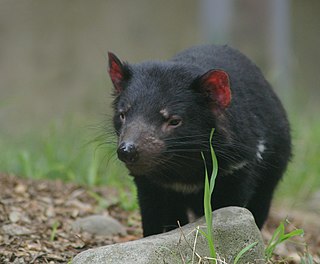
The Dasyuridae are a family of marsupials native to Australia and New Guinea, including 71 extant species divided into 17 genera. Many are small and mouse-like or shrew-like, giving some of them the name marsupial mice or marsupial shrews, but the group also includes the cat-sized quolls, as well as the Tasmanian devil. They are found in a wide range of habitats, including grassland, underground, forests, and mountains, and some species are arboreal or semiaquatic. The Dasyuridae are often called the 'marsupial carnivores', as most members of the family are insectivores.

The common planigale, also known as the pygmy planigale or coastal planigale, is one of the small carnivorous marsupials known as "marsupial mice" found in Australia. There they fill a similar niche to the insectivores of other parts of the world.

The common brushtail possum is a nocturnal, semiarboreal marsupial of the family Phalangeridae, native to Australia and invasive in New Zealand, and the second-largest of the possums.

The yellow-tailed black cockatoo is a large cockatoo native to the south-east of Australia measuring 55–65 cm (22–26 in) in length. It has a short crest on the top of its head. Its plumage is mostly brownish black and it has prominent yellow cheek patches and a yellow tail band. The body feathers are edged with yellow giving a scalloped appearance. The adult male has a black beak and pinkish-red eye-rings, and the female has a bone-coloured beak and grey eye-rings. In flight, yellow-tailed black cockatoos flap deeply and slowly, with a peculiar heavy fluid motion. Their loud, wailing calls carry for long distances. The yellow-tailed black cockatoo is found in temperate forests and forested areas across south and central eastern Queensland to southeastern South Australia, including a very small population persisting in the Eyre Peninsula. Two subspecies are recognised, although Tasmanian and southern mainland populations of the southern subspecies xanthanotus may be distinct enough from each other to bring the total to three. Birds of subspecies funereus have longer wings and tails and darker plumage overall, while those of xanthanotus have more prominent scalloping. The subspecies whiteae is found south of Victoria to the East of South Australia and is smaller in size.
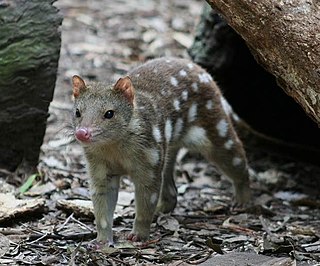
The tiger quoll, also known as the spotted-tailed quoll, spotted quoll, spotted-tailed dasyure, or tiger cat, is a carnivorous marsupial of the quoll genus Dasyurus native to Australia. With males and females weighing around 3.5 and 1.8 kg, respectively, it is the world's second-largest extant carnivorous marsupial, behind the Tasmanian devil. Two subspecies are recognised; the nominate is found in wet forests of southeastern Australia and Tasmania, and a northern subspecies, D. m. gracilis, is found in a small area of northern Queensland and is endangered.
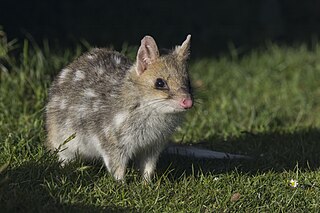
Quolls are carnivorous marsupials native to Australia and New Guinea. They are primarily nocturnal and spend most of the day in a den. Of the six species of quoll, four are found in Australia and two in New Guinea. Another two species are known from fossil remains in Pliocene and Pleistocene deposits in Queensland. Genetic evidence indicates that quolls evolved around 15 million years ago in the Miocene, and that the ancestors of the six species had all diverged by around four million years ago. The six species vary in weight and size, from 300 g (11 oz) to 7 kg (15 lb). They have brown or black fur and pink noses. They are largely solitary, but come together for a few social interactions such as mating which occurs during the winter season. A female gives birth to up to 30 pups, but the number that can be raised to adulthood is limited by the number of teats (6–7). They have a life span of 1–5 years.
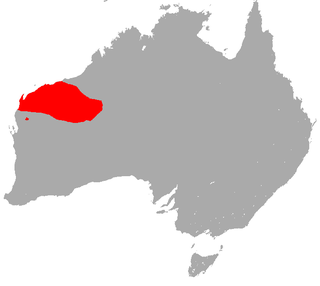
The little red kaluta is a small, reddish-brown, shrew-like mammal native to dry grasslands of northwest Western Australia. It is active at night, feeding on insects and other small animals. The kaluta is a marsupial and is the only member of its genus, Dasykaluta. Individuals are around 10 cm (3.9 in) long and weigh from 20 to 40 g. They live for about four years in captivity. Other common names include little red antechinus, russet antechinus and spinifex antechinus.

The yellow-footed antechinus, also known as the mardo, is a shrew-like marsupial found in Australia. One notable feature of the species is its sexual behavior. The male yellow-footed antechinus engages in such frenzied mating that its immune system becomes compromised, resulting in stress–related death before it is one year old.

Antechinus is a genus of small dasyurid marsupial endemic to Australia. They resemble mice with the bristly fur of shrews.

The slender-tailed dunnart, also known as the common dunnart in Australia, is a dasyurid marsupial. It has an average body length of 7 to 12 centimeters (2.8–4.7 in) with a tail length of 5.5 to 13 centimetres (2.2–5.1 in). It weighs 25–40.8 grams for males and 16.5–25.4 grams for females.

The swamp antechinus, also known as the little Tasmanian marsupial mouse, is a species of shrew-like marsupial of the family Dasyuridae and as such is related to dunnarts, quolls and the Tasmanian devil.
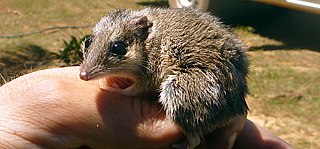
The Carpentarian dunnart also known as Butler's dunnart is a marsupial with a puffy brown or mouse grey colour above and the underside of white, similar to its close relative the Kakadu dunnart. Head to anus length is 75-88mm with a tail of 72-90mm long for a total length of 147-178mm. Weight varies from 10-20g depending on a variety of factors including sex, food abundance, habitat etc.

The eastern pygmy possum is a diprotodont marsupial of south-eastern Australia. Occurring from southern Queensland to eastern South Australia and also Tasmania, it is found in a range of habitats, including rainforest, sclerophyll forest, woodland and heath.

The Atherton antechinus, also known as Godman's antechinus, is a species of small carnivorous, insectivorous marsupial native to Australia. It is one of the rarest members of its genus, and differs from other antechinuses in its more rufous body colour and small eyes.
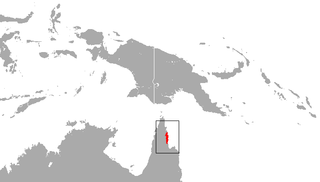
The cinnamon antechinus, also known as the Iron Ranges antechinus and the Cape York antechinus, is a species of small carnivorous marsupial of the family Dasyuridae. It is the only mammal endemic to Cape York Peninsula, being confined to semideciduous forest around the McIlraith and Iron Ranges. Along with the Atherton antechinus, it is the rarest in its genus.

The brown antechinus, also known as Stuart's antechinus and Macleay's marsupial mouse, is a species of small carnivorous marsupial of the family Dasyuridae. The males die after their first breeding season, and the species holds the world record for being the world's smallest semelparous mammal.

The dusky antechinus, also known as Swainson's antechinus or the dusky marsupial mouse, is a species of small marsupial carnivore, a member of the family Dasyuridae. It is found in Australia.
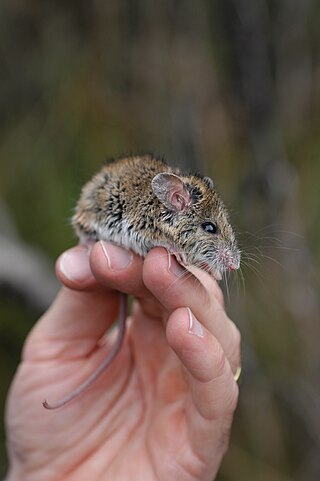
The New Holland mouse also known as a Pookila is a species of rodent in the family Muridae. It was first described by George Waterhouse in 1843. It vanished from view for over a century before its rediscovery in Ku-ring-gai Chase National Park north of Sydney in 1967. It is found only in south east Australia, within the states of New South Wales, Queensland, Victoria, and Tasmania.

The dusky robin is a small passerine bird native to Tasmania. A member of the Australian robin family Petroicidae, it is known by many other names such as Dozey, Sad, Sleepy, Stump, Tasmania/Wood Robin; Native Sparrow or Sad Bird.
Antechinus arktos, the black-tailed antechinus, is a species of small carnivorous marsupial native to Australia.


















